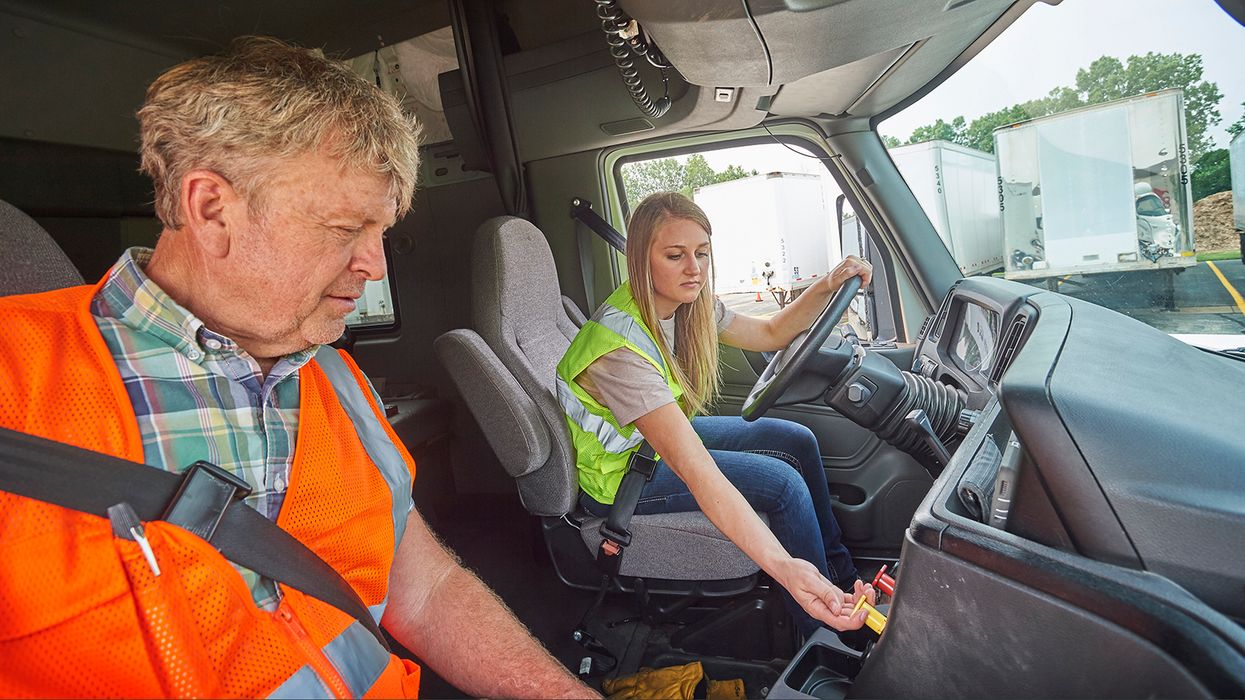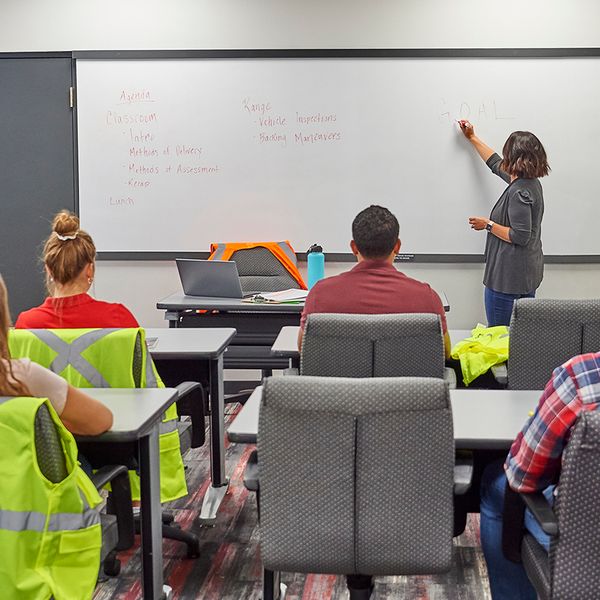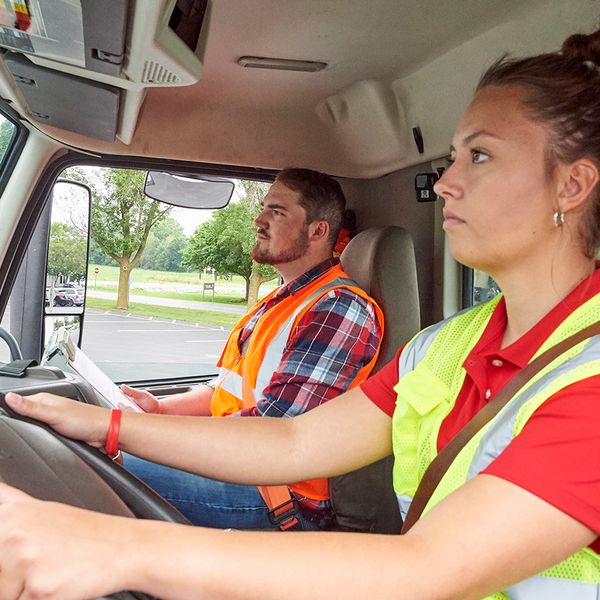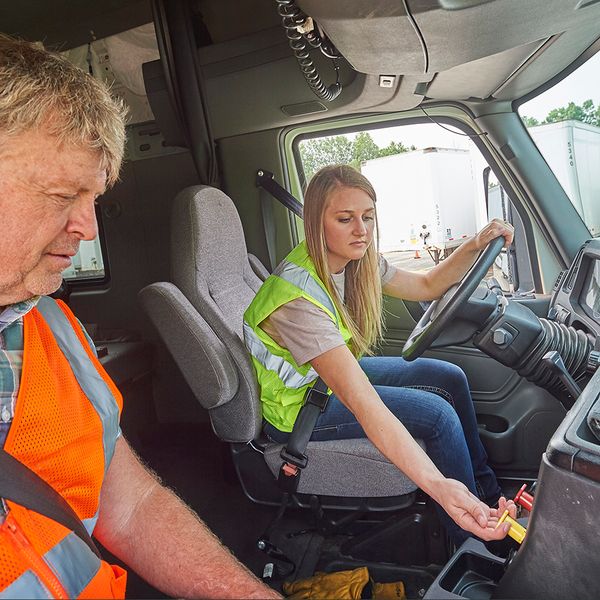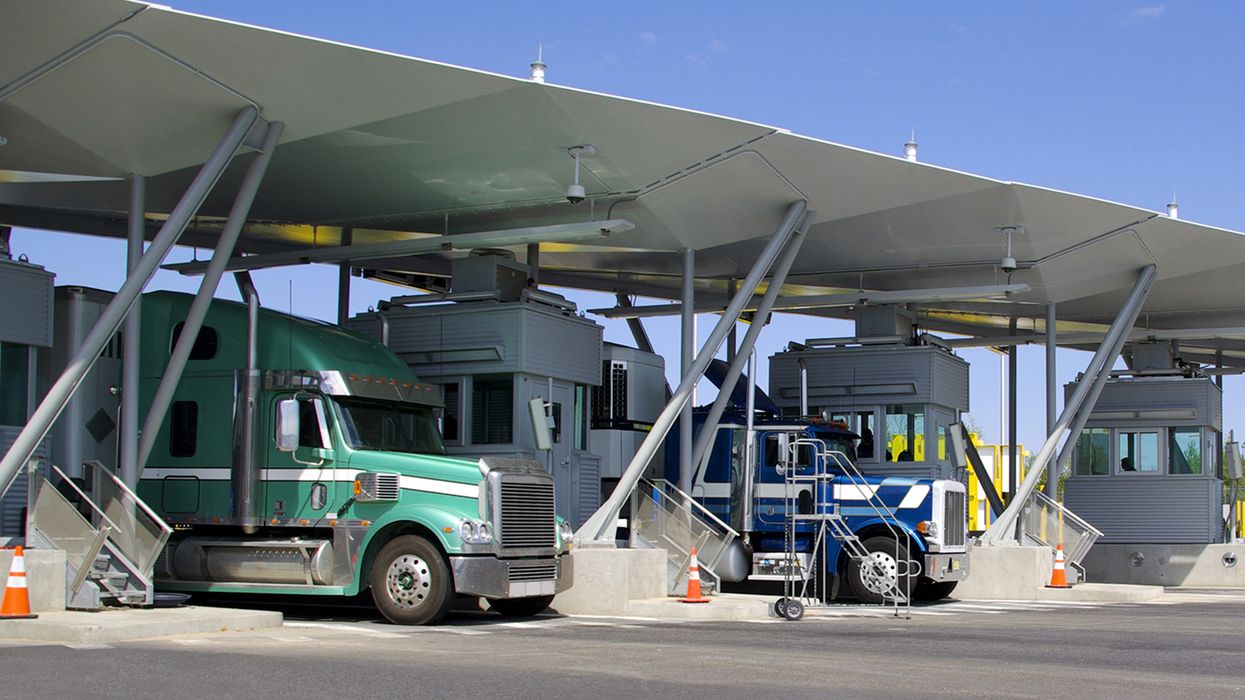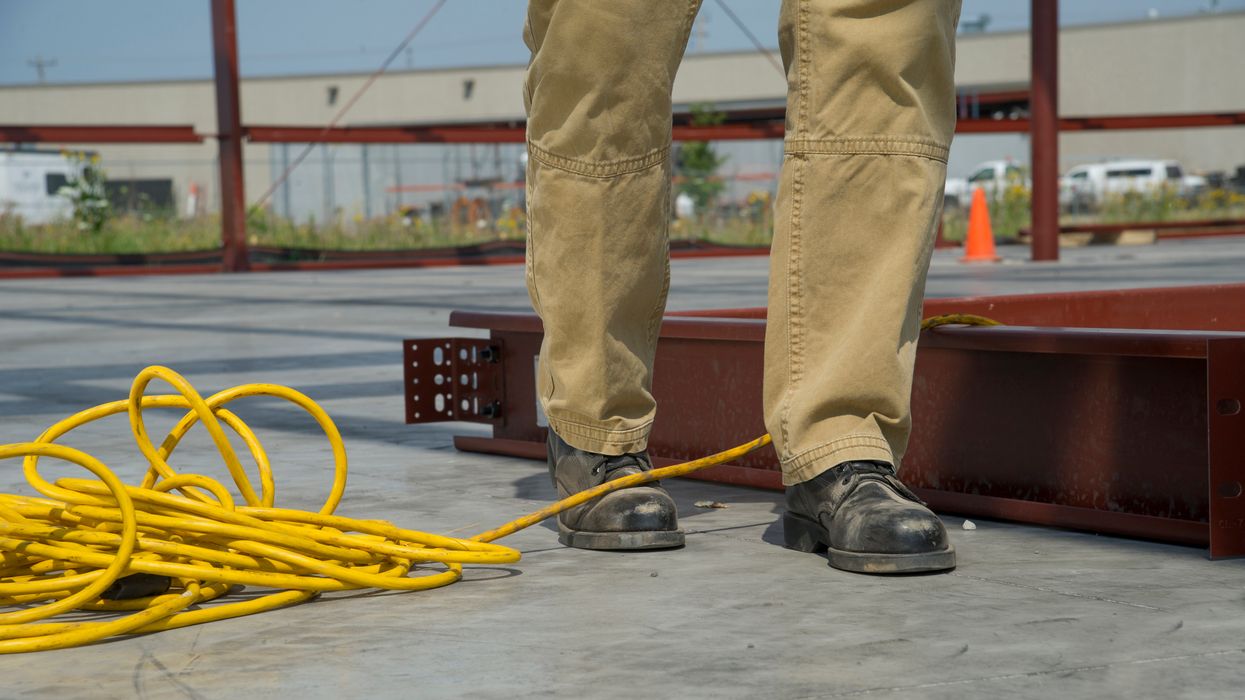Entry-level training: What to do, and when
New rules for entry-level driver training (ELDT) arrived February 7, 2022. Do you know your obligations?
On and after that date, drivers will need to pass in-depth classroom and behind-the-wheel training — from an FMCSA-registered training provider — prior to:
- Obtaining a Class A or Class B commercial driver’s license (CDL) for the first time;
- Upgrading an existing Class B CDL to a Class A CDL; or
- Obtaining a school bus (S), passenger (P), or hazardous materials (H) endorsement for the first time.
Drivers will still be able to take the knowledge test needed to obtain a commercial learner’s permit (CLP) without entry-level training, but will need training before taking a CDL or endorsement skills test (or the H endorsement knowledge test).
Becoming a training provider
As a motor carrier, if you want to provide your own ELDT-based training, you’ll need to apply to be added to the Training Provider Registry (TPR, online at tpr.fmcsa.dot.gov). To qualify, you must:
- Develop or purchase a curriculum that complies with 49 CFR Part 380;
- Have an adequate classroom and range where you conduct the training;
- Have vehicles of the correct type and class; Have instructors with the correct CDL license and at least two years of driving experience;
- Comply with any state/local requirements that might apply to training providers; and
- Complete the TPR application.
You can still conduct routine driver training even if you’re not on the TPR (and it’s still a good idea to do that) but you can’t perform ELDT-based training without appearing on the Training Provider Registry.
Hiring and training prior to Feb. 7
Until February 7, 2022, current ELDT rules apply. Those rules say that any driver with less than one year of experience operating a CDL-class vehicle in interstate commerce must receive training on four subjects (see 380.503) prior to being used as a driver. Before the new requirements kick in on February 7, you can provide this training without being on the TPR.
After this training, the driver must receive a training certificate which the motor carrier must then keep for the duration of employment plus one year. If you hire a CDL/CLP driver early next year but don’t actually use them as a driver until February 7 or later, no entry-level training of any kind is required (yes, this is a loophole of sorts).
Hiring and training on and after Feb. 7
As of February 7, 2022: If you hire a driver who already has a CLP, CDL, or an S, P, or H endorsement, no entry-level training is required (unless the driver needs an upgrade). Neither the old (current today) nor new ELDT rules apply. (Drivers with a CLP must obtain their CDL before their permit expires, however, or training will be required.) If an employee wants to obtain a CDL or any of those three endorsements, the employee must first get training from a TPR-registered provider. A motor carrier may choose to pay for this training on behalf of the driver, but that’s optional.
Based on the above, motor carriers may want to encourage interested employees to obtain a CLP or S, P, or H endorsement prior to Feb. 7, 2022, before the new training requirements take effect.
Key to remember
New driver-training rules arrive February 7, 2022. Know your obligations for providing training both before and after that deadline.

